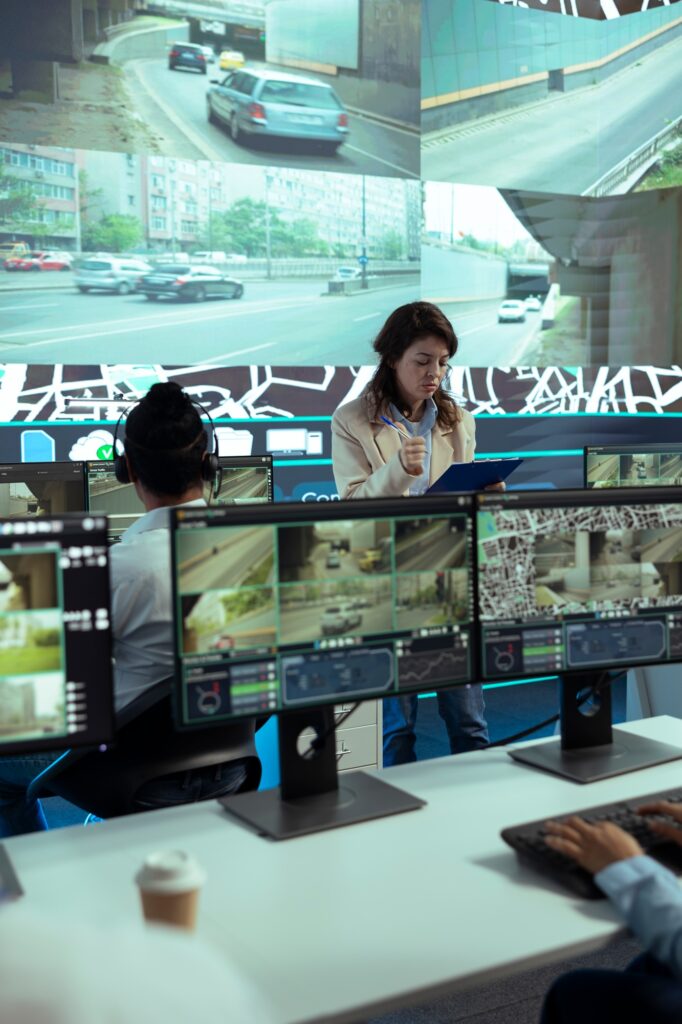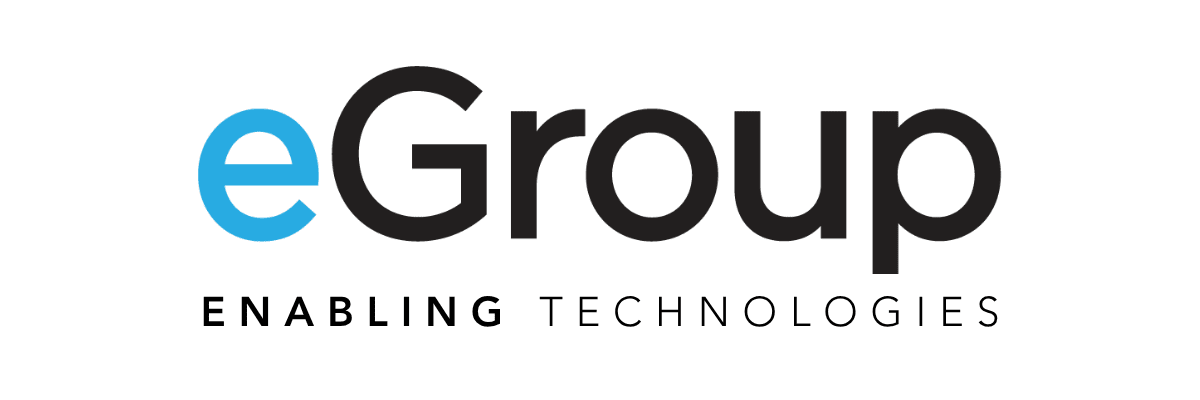From clipboards and VHF radios to cloud-based networks and CAD systems, public safety technology has come a long way, but modern complexity demands strategic planning and specialized support.

A Look Back: From Radios and Clipboards to Connected Command
Public safety technology used to mean one thing: radios and clipboards.
If you’ve been around a few decades, you remember the days before there were computers in cars:
- VHF walkies that barely worked
- Radios so large they doubled as “intermediate weapons” in a pinch (and survived it)
- Paper-based everything—in black ink, all caps
Fast-forward ten years:
- Computers hit the patrol cars
- CAD systems integrate with handhelds
- Radios go IP-based
- Communities become digitally connected
That’s when we realized how powerful data analysis could be for improving safety and efficiency.
The Data Explosion Era: Too Much, Too Fast
Today, we have a new problem:
Information overload.
Faster networks and smarter devices mean data is everywhere– in pockets, on dashboards, and in the cloud, but the underlying architectures have evolved so drastically that even “simple” implementations now require a small army of experts.


IT Support in Public Safety: Complex and Critical
The first step is realizing what you have, who supports it, and understanding the limitations and capabilities of the current environment.
Most agencies rely on:
- City or county IT departments for support, or
- Internal agency IT teams to directly manage operations
With the rise in compliance requirements (think CJIS, HIPAA) and the non-negotiable need for cybersecurity, IT often becomes a friction point, especially when security is implemented for manageability, not usability.
So, how do you prepare for the next upgrade, migration, or overhaul?
Understand What You Have
Before jumping into anything new, align your team and IT partners around these essentials:
- Evaluate Your Current Environment
- Identify End-of-Life Equipment
- Build a 3–5 Year Tech Plan
- Clarify Compliance & Security Requirements
- Account for Blackout Dates
- Align on the “Why”

1. Evaluate Your Current Environment
- Inventory existing technologies
- Identify capabilities, limitations, and end-of-life (EOL) concerns
- Ensure firmware and software are current
2. Identify End-of-Life Equipment
- Know what’s out of support
- Confirm patch availability and upgrade options
- Plan for secure decommissioning or replacement
3. Build a 3–5 Year Tech Plan
- Schedule refreshes for current systems
- Consider how current projects may be impacted by overlapping tech timelines
4. Clarify Compliance & Security Requirements
- Map project goals to CJIS, HIPAA, or other mandates
- Evaluate access control and authentication protocols
- Ensure new systems integrate smoothly with existing controls
5. Account for Blackout Dates
- Avoid rollouts during major events (e.g., parades, elections, July 4th)
- Coordinate vendor timelines around known peak-load dates
- Saves budget, reduces risk, and prevents deployment delays
6. Align on the “Why”
- Define the purpose and goals of the project
- Share the vision statement with all stakeholders
- Clear outcomes increase engagement and accountability

Where Can I Get Help?
Every public safety project is unique, and so are its challenges.
If you’re undertaking a large-scale upgrade, like a CAD or RMS replacement, it’s wise to involve:
- Specialized consultants with experience in public safety
- Early-stage discovery sessions to validate your assumptions
- Technical architecture reviews (network, bandwidth, physical/cloud infrastructure)
Too often, agencies skip straight to RFI/RFP without understanding the supporting technologies, leading to unnecessary delays and budget overruns.
Final Thoughts from the Field
If you’re starting a new initiative, need a sanity check, or just want to talk it out, reach out.
We’ve come a long way from clipboards and radios, but even now, there’s something to be said for how reliable that pen and paper were. They never went offline.
Stay safe out there.


Let’s Talk Public Safety Tech
Technology in public safety has evolved rapidly, but not without challenges. Agencies must balance IT complexity, compliance, and scheduling to ensure project success. eGroup supports public safety organizations with expert planning, strategy, and execution.
Need help planning your next move or modernizing your systems?
eGroup is here to help.
About the Author
Keith Singleton is the Public Safety Solution Specialist at eGroup. With a background in law enforcement and public sector technology, Keith has worked directly with CJIS and countless agencies across the country. You may connect with Keith on LinkedIn or email directly @ Keith.Singleton@egroup-us.com



